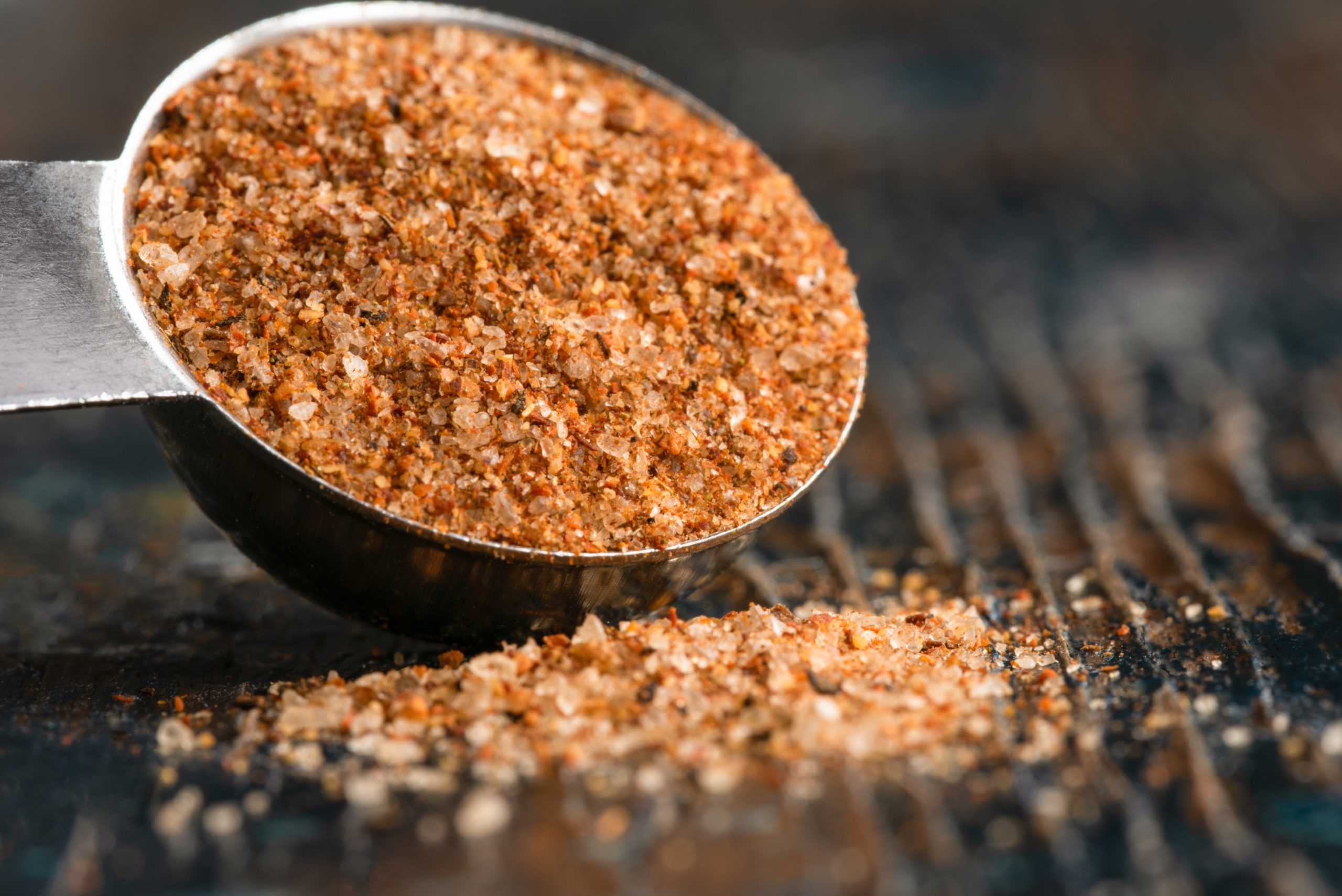When thinking about seasonings, we most often think about flavor. Granulation, however, plays a big role in how something tastes as well. Fuchs’ seasonings come in all different shapes and sizes, but which is best for your product? First, we should explore how granulation can impact your product.
Why does granulation matter?
Seasonings come in a wide variety of particle sizes, but we can generally group them into three categories: powdered, granulated, and pieces. Depending on your needs, you can expect different qualities within these three categories.
Granulation and particle size impact flavor. When designing a seasoning for flavor, Fuchs does not only focus on only the flavoring ingredients, we also pay attention to granulation of those ingredients to design the flavor experience. When a seasoning hits your tongue, the particles will hydrate at the taste bud. As these dried particles hydrate, flavor compounds and volatile oils release to interact with the taste bud and release vapor up to the olfactory. These components work together to define flavor. Smaller particles will release their delicious flavor compounds and volatile oils very quickly, whereas larger particles will take time to dissolve or extract flavor compounds from the granule. Thus, granulation can be used to time flavor release. For example, a lime seasoning that is desired to have an up-front punch of acidity and a lingering acidity, we will want to use a blend of both powdered citric acid, for the upfront punch, and some granulated citric acid to provide an extended release of acidity throughout the eating experience.
Choosing granulation can be determined by the desired application and functionality of your finished product. Seasonings that are more powdered in nature very much lend themselves towards snacks and other topical applications. Their flavors are usually more potent for those “punch in the mouth” snack flavor profiles and will adhere the best to most snack bases. Granulated blends are versatile. They can adhere to bases with some fall off, they disperse well in water-based applications, and have a more gradual flavor release. These are great options for soups, marinades, rubs, and more. Piece blends are more geared toward soups and other liquid applications, as they are more often made of dehydrated vegetable pieces that are intended to be rehydrated for flavor, visuals and texture.
So, what is best for your product?
Whether you’re working with snacks, marinades, sausages, or beverages, Fuchs has you covered. Our team of R&D specialists and culinary experts can partner with you to custom tailor a seasoning for your product needs. Contact us today for expert assistance with seasoning development!
About the Author




 For more information about Fuchs North America's products and programs that support food manufacturers in their product development needs, please
For more information about Fuchs North America's products and programs that support food manufacturers in their product development needs, please